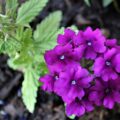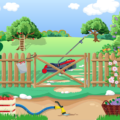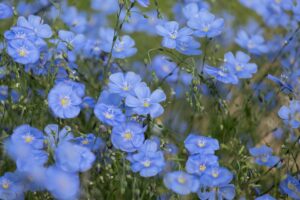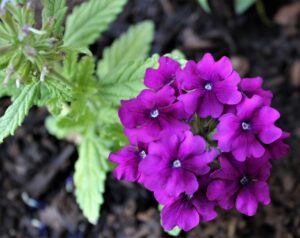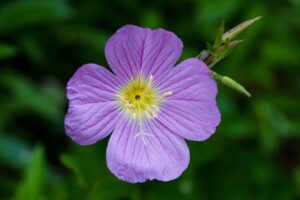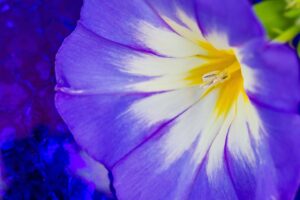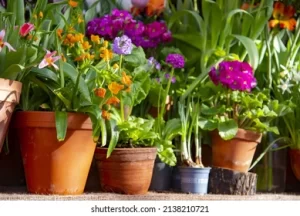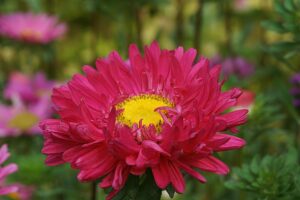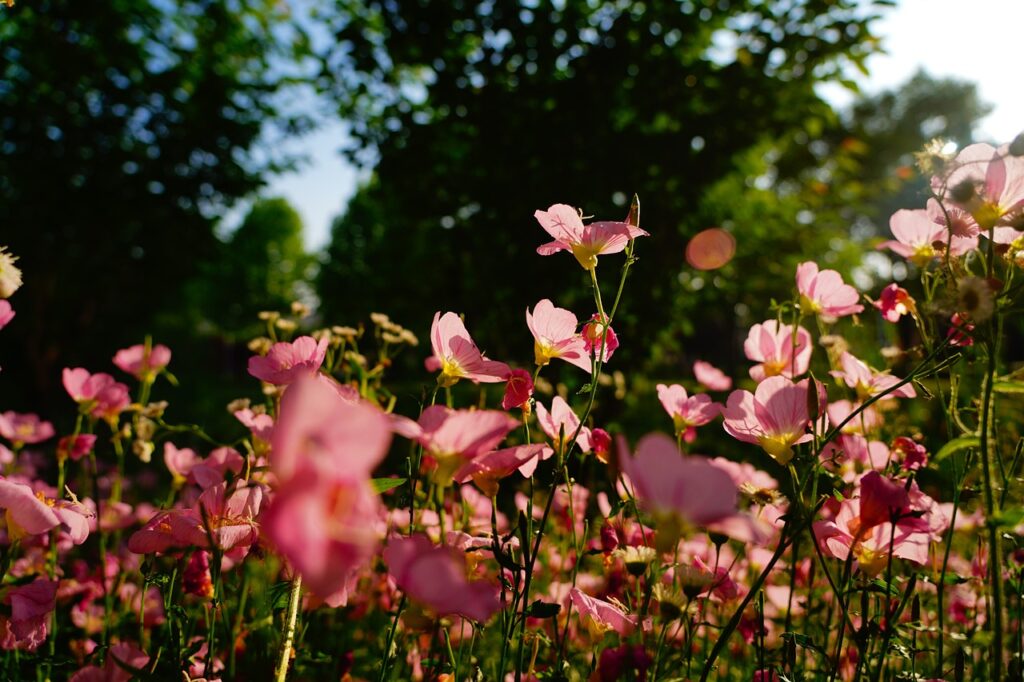
primrose Garden Planning
In the grand narrative of primrose gardening, timing is not just a mere factor; it is the rhythm that orchestrates the symphony of growth ,my journey through the art of storytelling has taught me the invaluable lesson of aligning one’s actions with the right moment. This lesson resonates profoundly when we turn our gaze to the garden, a place where the act of planting is akin to setting the stage for a natural masterpiece.
Let us delve into the essence of this timely dance, uncovering the best moments to plant primrose, understanding that it is not merely about burying seeds in the soil, but about aligning with the pulse of nature.
1. Understanding primrose the Symphony of Seasons Gardening is a practice deeply intertwined with the seasons. Each season sings its own aria in the opera of growth. Spring, with its theme of awakening, is often heralded as the ideal time to plant most flowers and vegetables. The soil, emerging from winter’s slumber, becomes a nurturing cradle for new life. However, this is not a universal rule, for each plant has its own season of preference. Autumn, for instance, is the perfect time to plant perennials, allowing them to establish roots in the cooler temperatures and prepare for a spring debut.
2. Primrose The Temperature Tango Temperature plays a lead role in the planting process. It is not just about the warmth of the air, but also the soil’s embrace. For seeds to germinate and roots to take hold, the soil must be warm enough, yet not too hot. This delicate balance varies from plant to plant. While cool-season crops like spinach and peas thrive when planted in cooler temperatures, warm-season plants like tomatoes and peppers demand the heat of late spring or early summer.
3.Primrose The Moisture Waltz Moisture, the lifeblood of the garden, waltzes in tandem with temperature. The right level of soil moisture is crucial for seed germination and root growth. Spring often provides this balance naturally, with its blend of rain and warming temperatures. However, it is not just about the presence of moisture, but its consistency. Overly wet or dry conditions can spell disaster for new plantings. This delicate waltz of moisture requires a gardener’s attentive eye and intuitive touch.
4. The Moon’s Mystique In the realm of gardening, there is a poetic dance with the lunar cycle, an ancient practice where plantings are timed with the phases of the moon. This rhythm, deeply rooted in folklore, speaks of planting during the waxing moon when the earth is said to be filled with energy and vitality. While science may offer mixed views on this practice, it remains a testament to the gardener’s deep connection with the cosmic rhythm.
5. The Regional Rhapsody Every region sings its own rhapsody of climate and conditions. Understanding your local climate zone is crucial for aligning your planting with the right time. From the frost dates to the length of growing seasons, each geographical melody demands a unique approach to planting. Consulting local gardening guides or experienced gardeners can provide invaluable insights into this regional rhythm.
6. The Personal Prelude primrose Gardening is also a deeply personal journey. The best time to plant may also align with the gardener’s own rhythm. For some, gardening is a weekend retreat, for others a daily devotion. This personal prelude plays into the timing of planting, ensuring
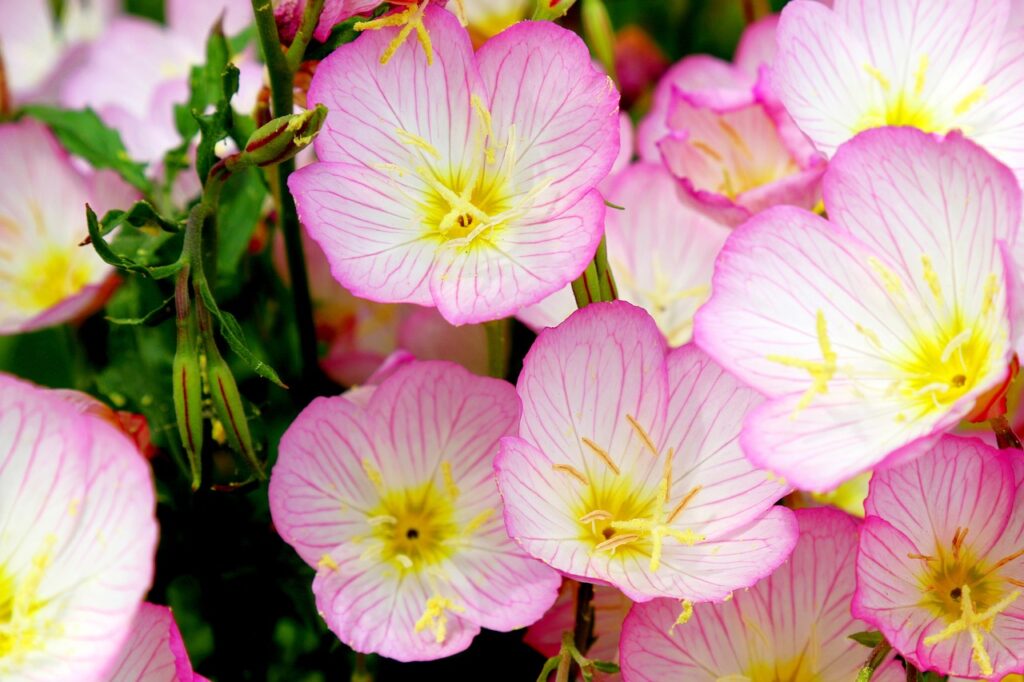

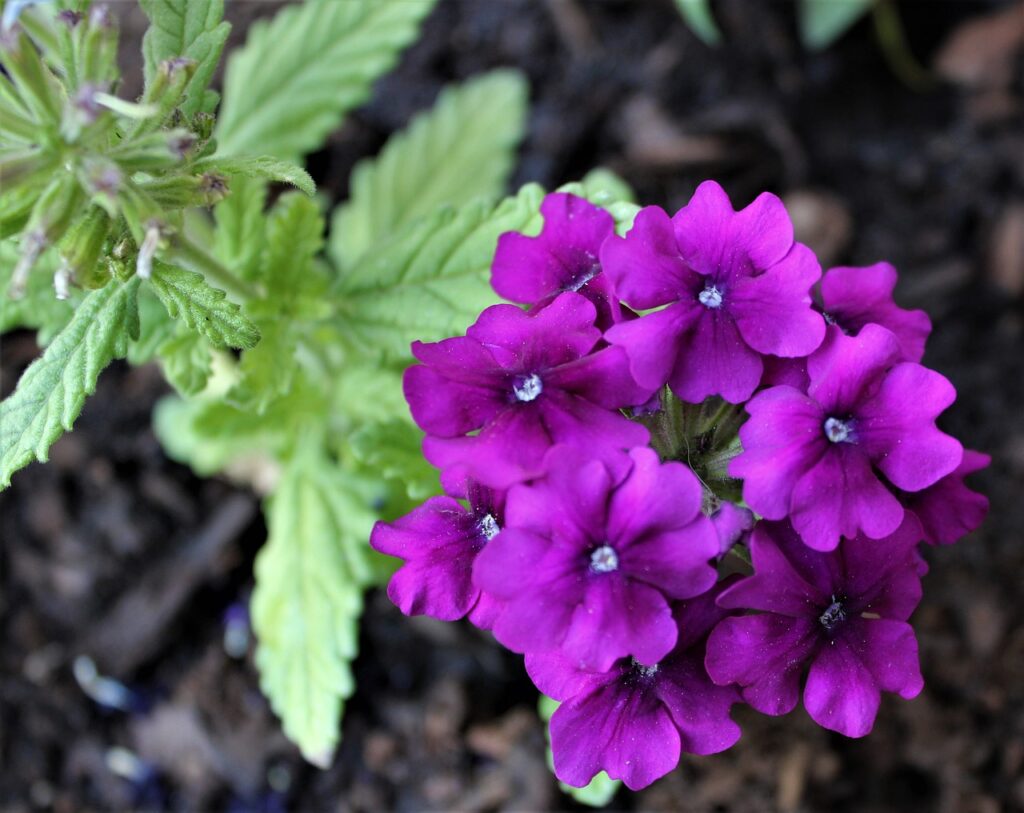
that it aligns not just with the ecological calendar, but with the gardener’s life as well.
7. The Call of Perennials and Annuals The decision between planting perennials and annuals is like choosing between a long-standing saga and a short story. Perennials, with their promise of return, are best planted in the fall or early spring, allowing them to establish themselves for a recurring show. Annuals, on the other hand, shine in the immediacy of their performance, best planted after the last frost when their brief, yet spectacular life is unhindered by the cold.
8. The Foresight of Fall Planting Fall planting is often overshadowed by the popular spring gardening narrative. Yet, this season offers a unique advantage. The cooler temperatures reduce the stress on new plants and the soil retains enough warmth from summer to encourage root growth. Bulbs planted in fall awaken in spring with a burst of color, a reward for the gardener’s foresight.
9. The Spring’s Promise Spring is a time of renewal, an almost magical period for planting. The warming soil and longer days create an ideal environment for most plants. However, this season also demands patience. Planting too early in spring can be as detrimental as planting too late, as tender seedlings are vulnerable to late frosts.
10. The Art of Succession Planting For the gardener seeking a continual harvest, succession planting is the key. This involves planting in intervals, ensuring that as one crop finishes, another begins. It is a strategy that maximizes the garden’s productivity, turning it into a stage for an ongoing performance of growth.
11. The Wisdom of Experience Finally, the best time to plant often comes from experience. Each year in the garden is a chapter in a gardener’s book of knowledge. Observing the garden’s response, learning from successes and failures, and adapting to the unpredictable nature of weather and climate, all contribute to understanding the optimal planting time.
In conclusion, the best time to plant is not merely a date on the calendar but a confluence of natural rhythms, personal schedules, and experiential wisdom. It is about finding harmony with the seasons, understanding the unique needs of each plant, and aligning with the garden’s natural cadence. As in writing a bestselling novel, the beauty of gardening lies in weaving together these various threads into a cohesive and thriving narrative. In the garden, as in a well-crafted story, timing is everything.
